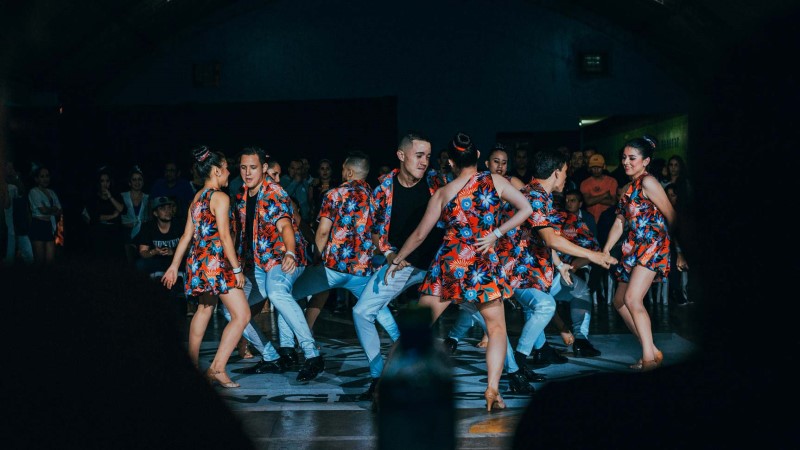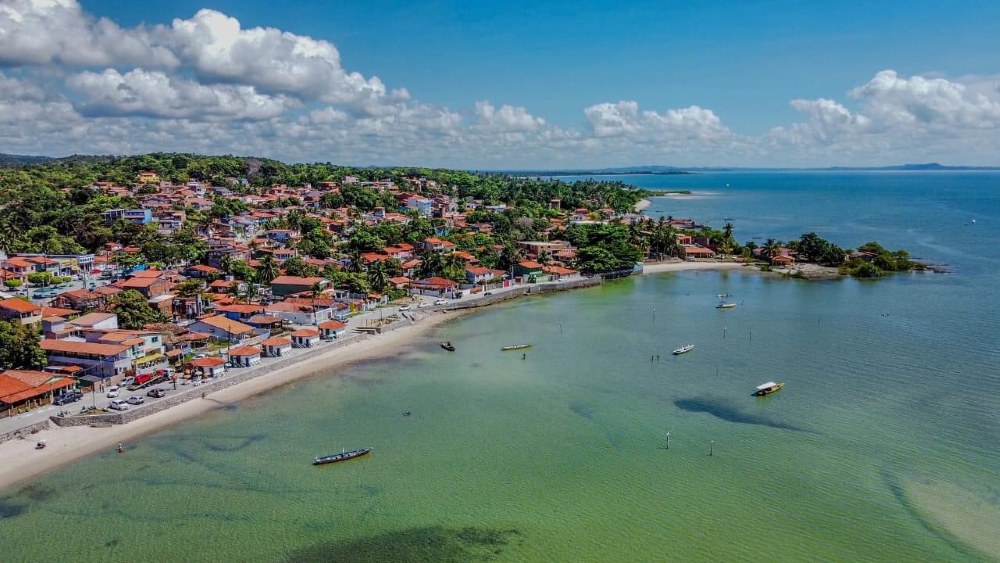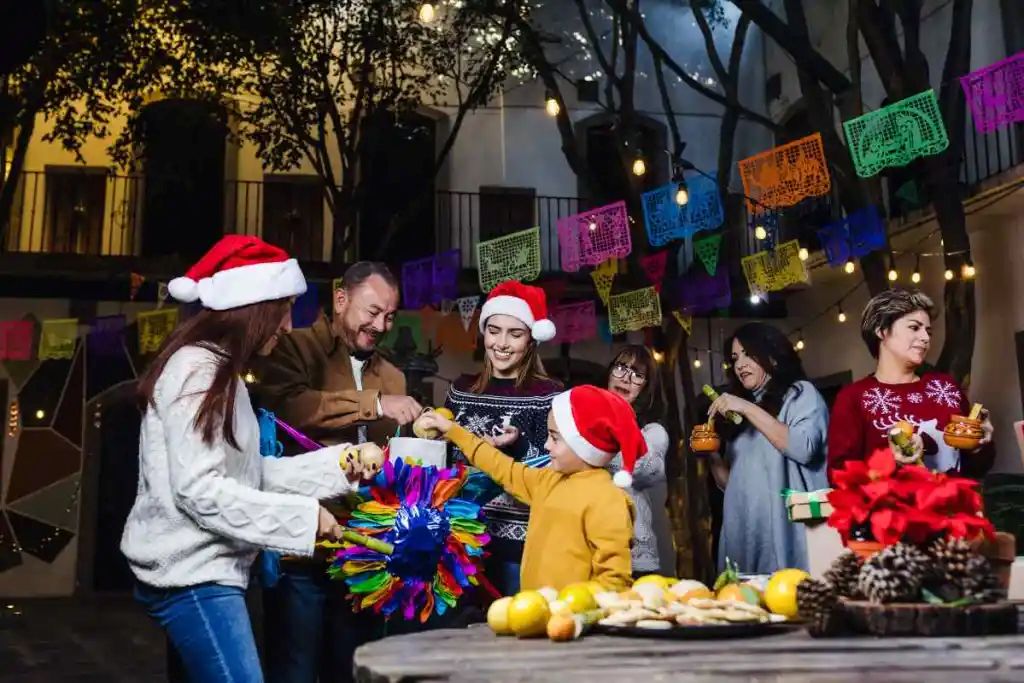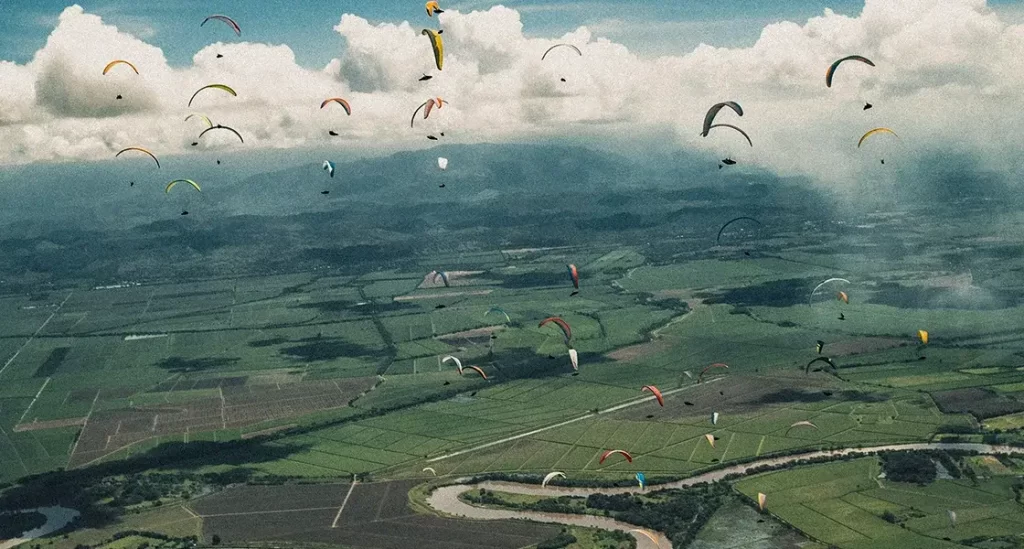Text by Emeline Rateau, photos of Franck Romero – This article was originally published on www.elcafelatino.org
“Oiga, mire, vea, véngase a Cali para que vea” proclaims the Guayacán orchestra to the tune of salsa, inviting their audience to visit the international capital of this musical genre. Recognised as a cultural heritage of the Colombian nation in 2022, salsa caleña is closely linked to the city of Cali, located in western Colombia in the department of Valle del Cauca.
“There’s salsa everywhere, in the street, on public transport, on TV, at birthday parties and at parties,” says Nicolás, a Caleño by birth. In this parallel world, discotheques become salsotecas, concert halls become salsodromos and schoolchildren’s end-of-year shows are entirely dedicated to salsa. “It’s a unique culture, a must in Cali, which never ceases to exalt its artistic and musical heritage. Artists from all over the world come here to take part in festivals organised by the city, such as the Feria de Cali, El Petronio Alvarez and El Campeonato Mundial de Salsa. In fact, the cultural impact of salsa is not limited to the music, but also extends to the dance steps. “Cali y si quieres bailar como es“.
Shoulders, hips, knees, the whole body moves in salsa. Unsurprisingly, all the caleños know how to dance. They learn it in the family, or at school. This allows everyone to enjoy the music and ‘feel’ the rhythm. For the experts, the speed of the movements is what is most valued, as well as technique. At championships, they link acrobatic figures together with a rapid sequence of complex dance steps.
This increasing codification of the musical genre gave rise to demands from the younger generations, who wanted to dance salsa freely without obeying precise rules. This led to the emergence of a new trend, called salsa choke, which incorporated simpler dance steps, while allowing for cross-fertilisation with other regional musical genres, such as reggaeton and its repetitive drums. In a city that is in constant contact with its musical heritage, mixes are constantly occurring, allowing the genre to evolve constantly. Salsa itself is a blend of music and culture.
Our article: Cali, A dance with Colombian History and Culture

Legend has it that a group of Cuban and Colombian musicians met in New York in the 1960s to play in the same orchestra. This mixture of trumpets and piano imported from Cuba with Afro-Colombian drums produced a new sound: salsa. Intrigued by this new discovery, the artists returned home and continued to explore this new musical genre, before meeting up again on several occasions to play together. This story explains the musical differences between salsa cubana and salsa caleña. In Colombia, the rhythm of the music can vary throughout the same musical composition, whereas salsa cubana prefers to stick to a rhythm that remains the same throughout the song.
What’s more, Cali is Colombia’s second-largest black city, so the African influence is particularly strong. In 1988, Joe Arroyo sang “Africanos, en cadenas besaban mi tierra” on Rebelión, before adding “No le pegue a la negra” to a rousing beat. An anthem of salsa and Afro-Colombian culture, this music speaks of slavery and the mistreatment of the slave trade, and criticises the oppression inherited from colonisation. These very tragic lyrics accompanied by a danceable tune demonstrate that salsa is also characterised as a unique means of communication specific to the societies in which it is composed. Its listeners even associate it with their identity. As Nicolás says: “For me, salsa represents a unique connection with the city where I was born”.








